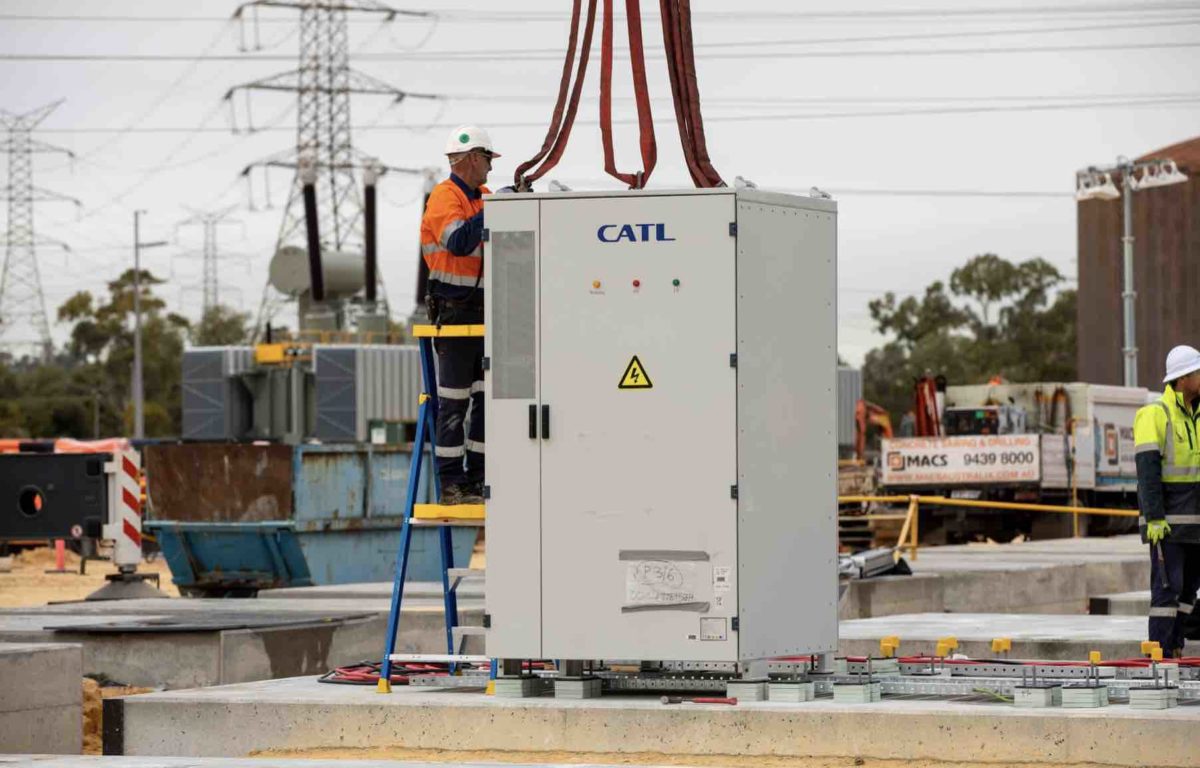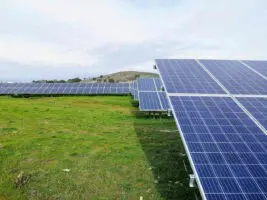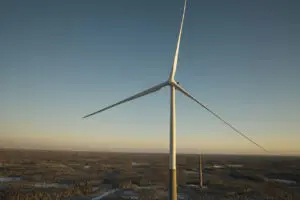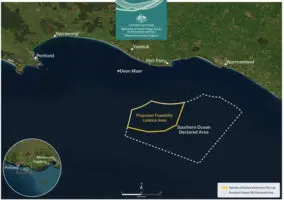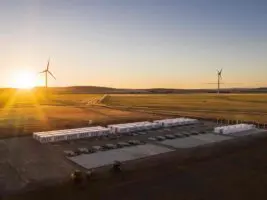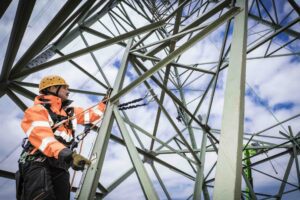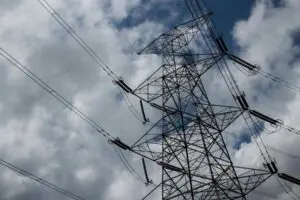A rapid and unexpected rise in rooftop solar PV is expected to push “operational” demand in Western Australia’s main grid below zero within two years, and will require bigger batteries in what is regarded as the world’s biggest isolated grid.
This is one of the unsung conclusions of the latest 10-year demand and supply forecasts prepared by the Australian Energy Market Operator, known as the Electricity Statement of Opportunities.
AEMO predicts a four-fold increase in rooftop solar across Australia’s main grid over the next two decades, to a phenomenal 86 gigawatts (GW). But in W.A., rooftop solar is growing even more rapidly, and is expected to nearly treble in capacity to around 7 GW in the next ten years.
This is significant. South Australia is often regarded as a world leader in the uptake of wind and solar, with a 70 per cent share over the last 12 months, and where rooftop solar output has already exceeded grid demand on more than one occasion.
South Australia, however, has the benefits of transmission links to neighbouring Victoria, albeit at the end of a long and stringy grid, and will soon be linked to NSW as well.
W.A, which has a peak demand of more than 4.2 gigawatts, has no connection to other states or grids, and no real prospect of any, and so can’t count on exporting or importing power when needed. That means it needs to deal with these issues – through demand shifting, storage and “orchestration” – entirely in house.
Bigger batteries are now being contemplated, along with the continued development of what the state calls “Project Symphony”, working out the best way to manage not just rooftop solar, but also electric vehicles and other potentially controllable appliances.
The latest ESOO report says the unexpected acceleration in the uptake of rooftop solar PV is expected to cause a rapid decline in operational demand in coming years, so much so that operational demand could notionally fall below zero as early as 2026-27 – much earlier than previously thought.
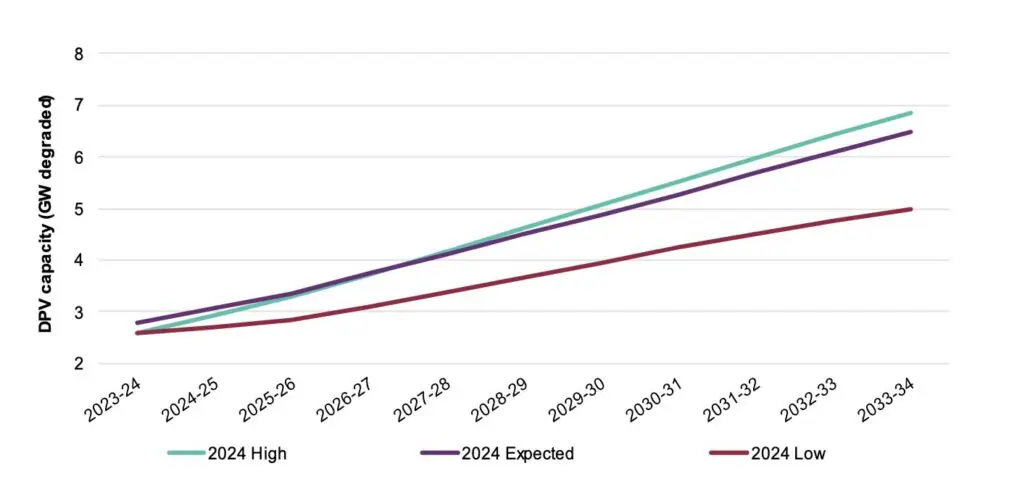
“In aggregate, DPV (distributed solar PV, which also includes small ground mounted installations) is the largest generation source in the SWIS, and is playing a key role in enabling a low-cost electricity supply and the transition of the power system and economy to net zero,” the document says.
“However, periods of low operational demand and high, uncontrolled DPV output can present risks to the secure and reliable operation of the power system.”
One of the measures being considered is the need for batteries with longer duration storage. W.A. is already leading the country on some metrics, being the first to contract a series of “four-hour” big batteries with the specific purpose of time shifting the output of rooftop solar from the middle of the day to the evening peaks.
This is already happening at a huge scale in California, but has been largely unseen in Australia because most of the big batteries being built so far have focused on grid services and network support, which requires little in terms of storage duration.
For instance, one of the most successful battery installations in the country, at Newman in the Pilbara in W.A.’s north, has a storage duration of just 20 minutes, but has saved millions of dollar because its prime role is to allow the operator of the neighbouring gas plant to conserve gas by not running back up generators.
The battery fills the gap when, inevitably, one of the gas generators trips.
In the main grid in W.A., however, the battery projects are focused on longer term storage, with two massive batteries under construction at Collie, the town which has housed most of the state’s coal fired generators that will exit the market by the end of the decade.
Two of these big Collie batteries will sized at 2,000 megawatt hours or more, one from Synergy at 500 MW and 2000 MWh, and the other by Neoen at 560 MW and 2240 MWh, making it the biggest battery project under construction in the country.
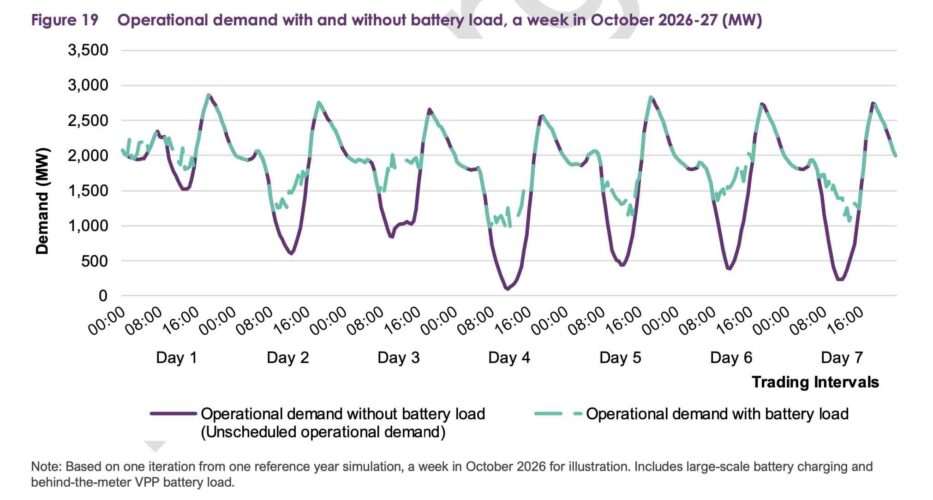
Another 500 MW and 2,000 MWh of battery storage will also be contracted through the newly unveiled W.A. component of the federal government’s Capacity Investment Scheme. These tenders will be held every year until 2027.
The role that batteries can play in the W.A. grid is highlighted in the latest ESOO report, with this graph above showing how a combination of large batteries and household batteries orchestrated as part of virtual power plants can boost demand during the daytime hours.
This is important for the market operator, which says it needs to have “controllable” assets to keep the lights on. In an isolated grid where rooftop solar meets all demand needs, it would have no levers to pull in case of a disruption.
“Storage will be critical to maintain operational demand to a secure level,” AEMO says in a presentation accompanying the report. “Over 1,000 MW of storage is expected to help absorb excess solar and discharge it during high-demand periods by 2026-27.”
The equation is complicated by the fact that storage needs in evening peak and overnight may grow as more thermal generators exit the market, which is why it is thinking of an increase in the existing four-hour duration requirement for its Reserve Capacity Cycle.
“AEMO is now required to assess the duration requirements for new storage projects seeking capacity in the RCM (reserve capacity market),” AEMO writes in a presentation accompanying the latest ESOO.
- “The assessment considers the impact of duration-limited technologies on reducing demand and increasing the duration requirement if necessary.”
Which is interesting, because other states like NSW, which has already contracted three eight-hour battery projects as part of its long duration storage needs, is thinking about reducing the requirement because most of the forecast capacity shortfalls are for much shortage periods.
But NSW, like other states in the main grid, benefits from connections to other states, and some existing long duration storage. W.A. has no such luxury, and nor does it have much prospect for pumped hydro projects, at least not in time to manage the exit of the last coal fired power plants in 2030, if not before.
Much of that is really just about flexibility. The difference between the set-up of a 200 MWh two hour battery and a 200 MWh four hour battery is negligible, as far as the equipment goes.
It is more about the connection agreement, and the capacity that is allowed. But storage owners point out that batteries are extremely flexible, and can operate in multiple modes. An artificial limit based around hours of storage may restrict the operation of that battery when its full capacity might be needed at certain time..

